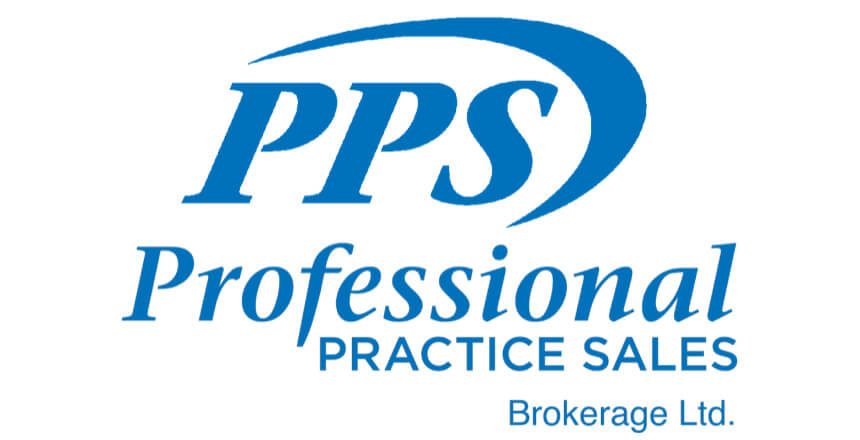
Successful Dental Practice Transitions

Over the last several months I have been speaking at various Study Clubs and Dental Societies on the topic of Successful Dental Practice Transitions. This article condenses my presentation into a quick read of the current dental practice sales market and what you can do to be successful as a buyer or a seller.
The Drivers of Dental Practice Value.
You can probably quickly come up with statistics relating to your gross production, number of operatories, size of your office or the number of team members you have. All of that is important but these elements are minor contributors to value. You really should know how many active patients you have and what your adjusted net income is. The two main drivers of dental practice values are Patients and Profit. The absence of either of these factors makes your practice very difficult to sell. Some of the other factors that contribute to value are location, productivity, hygiene department, assignment, competition, overhead, and reproducibility of results.
Equipment and leasehold improvements are also factors buyers consider. They are in a different category though because they are easy to change. If a buyer doesn’t like your old equipment or dated decorating they can easily call their dental supply company or contractor and have them changed. Who do they call to order more patients?
The following actual examples illustrate how the real drivers of value work:
Practice
- $1,300,000 Gross
- 1000 Patients
- Lab
- $200K Hygiene
- Professional Bldg-Midtown Toronto
- $816,000 Gross cash flow
- Non-assignment
- 3ops-$90K assets
- Value-$680,000/52% of Gross
Practice 2
- $1,100,000 Gross
- 2800 Patients
- 6.4% Lab
- $330K Hygiene
- Professional Bldg- Mississauga
- $645,000 Gross cash flow
- Non-assignment
- 6 ops-$390K assets
- Value-$1,390,000/ 125% of Gross
As the examples show the biggest contributor to practice value is the patient count followed closely by profit. In Practice 1, the value is held back by the low patient count relative to the gross production even though the cash flow is strong. What would the outcome be if a buyer followed one of most misused rules of thumb and paid 80-90 per cent of gross for this practice?
In Practice 2, the value is enhanced by low productivity relative to the patient count coupled with stable, repeatable earnings. Imagine how much the vendor of Practice 2 might have left on the table if they didn’t know the true value of what they had.
In valuing dental practices all of the factors must be considered and the numbers analyzed against each other to produce a meaningful report. Nothing is more important than Patients and Profit.
Considerations for Sellers
It is best to begin planning for the sale of your practice well in advance. Ten years ahead is not too early but most people don’t plan that far ahead. If possible planning should begin at least five years before you sell your dental practice. You should analyze the productivity of both the hygiene and dental departments. Both should be optimized prior to a sale.
Your premises lease is a key element in creating value. A buyer will not want to buy your practice if the tenancy is not secure for at least seven years. Further, the banks and finance companies will not finance the purchase of your practice without a good long term lease. Patient charts should be purged so that you have a limited number of inactive charts mixed in with your active charts. A professional valuation will give you insight into these and many other factors of your practice and can be an excellent start to making the necessary adjustments to ensure your practice is positioned in the best possible way.
Considerations for Buyers
First and foremost, don’t do this alone. Accountants, lawyers, consultants, bankers, and brokers, have all been through this many times. Employ them to help you make the right decision. Remember thatPatients and Profit make value so you should have complete confidence in the numbers you are reviewing in these two important areas. Review the valuation with your trusted advisors, and make sure you have a good understanding of the contained information. You should also take time to do your own chart audit. It is also important for patient retention that there are similarities between you and the vendor. For instance, if the vendor only uses amalgam for posterior restorations and you only use composite, this would be a problem.
Invest enough time to become educated on the market and understand what you want and what you don’t want. It may be very difficult to find the perfect practice so be prepared to compromise on the “nice to haves” while making sure you don’t forgo the “need to haves”. When you find the right practice, act swiftly.
Please feel free to contact me if you would like me to come to your Study Club or Dental Society meeting to do the full presentation on Successful Dental Practice Transitions.

